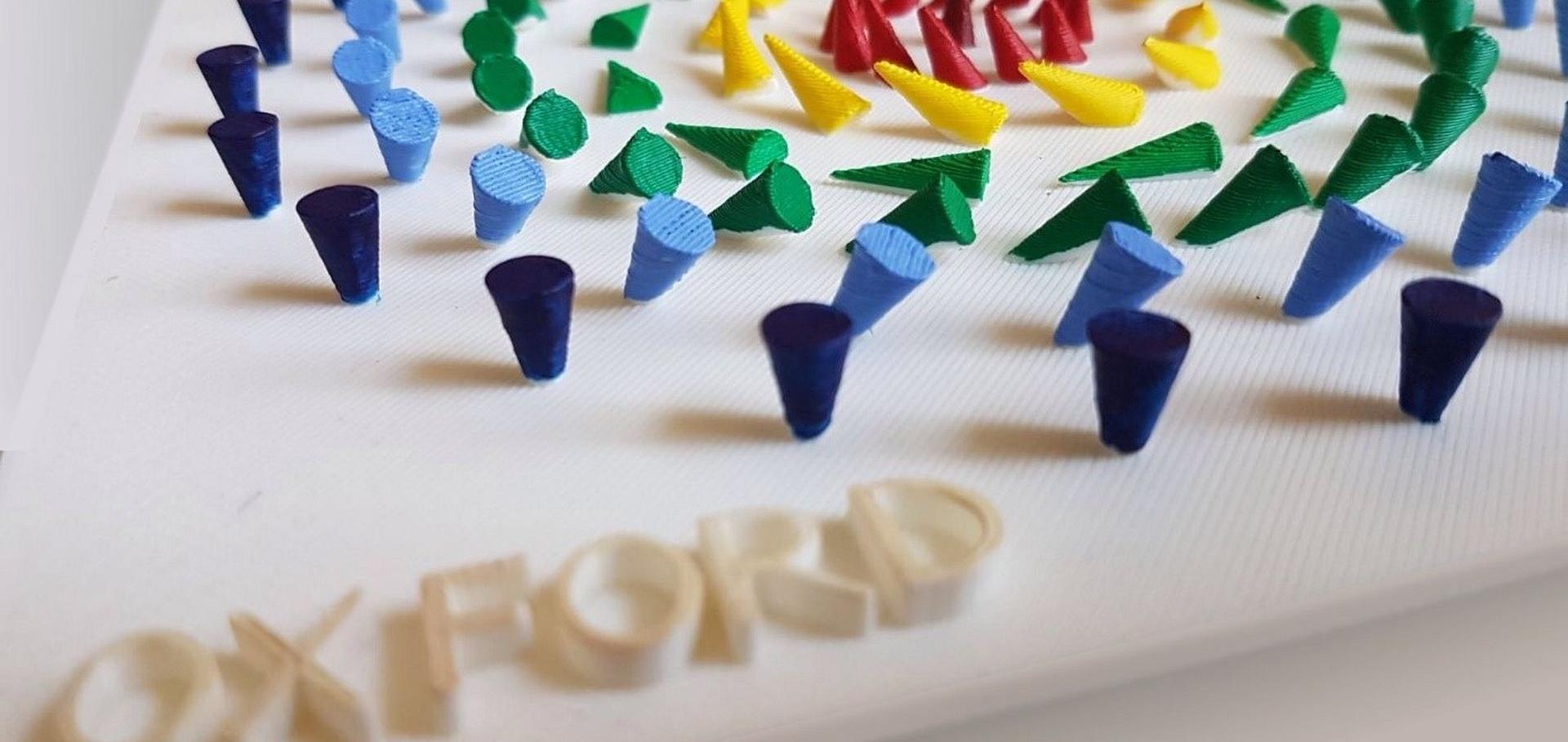Direct visualization of the oscillation of Au (111) surface atoms
Applied Physics Letters 69:3 (1996) 354-356
Abstract:
A high frequency oscillating Au (111) surface was measured with atomic resolution using a modified scanning tunneling microscope. On the atomic scale propagating surface acoustic waves lead to oscillations of atoms on elliptical trajectories, with the axes being determined by the material parameters of the surface. Since those oscillation frequencies are much higher than the scan frequencies the topography contrast is reduced. This basic problem is solved by measuring a stroboscopic snapshot seeing a defined state of oscillation. The atomic resolution of the phase and the amplitude contrast is explained by the superposition of the surface topography and the oscillation trajectory. © 1996 American Institute of Physics.Microprobe techniques in SAW measurements
Proceedings of the XI Intern. Microwave Conf. MIKON-96 (1996) 107-111
Wellenfelder in Interdigitalwandlern und ihre Abstrahlung
Fortschritte der Akustik – DAGA96 DEGA (1996) 434-435
Microprobe techniques in SAW measurements
Archives of Acoustics Polish Academy of Sciences 21:2 (1996) 195-200
Abstract:
Starting from the conventional microprobe techniques, a scanning acoustic tunneling microscope (SATM) and a scanning acoustic force microscope (SAFM) have been developed to detect particle displacements at solid surfaces up to GHz frequencies. Based on the non-linear dependence of the tunneling current in SATM and of the forces in SAFM on the tip to surface distance, respectively, it is demonstrated that wave field parameters of surface acoustic waves can be measured with a lateral resolution in the submicrometer range.Scanning acoustic force microscope measurements on grating-like electrodes
Applied Physics A Materials Science & Processing 61:3 (1995) 237-242


